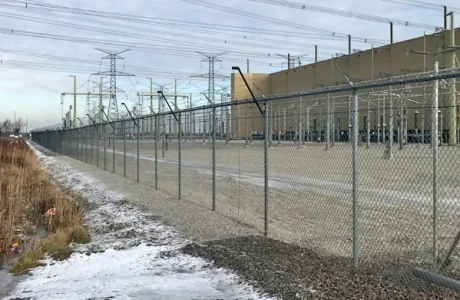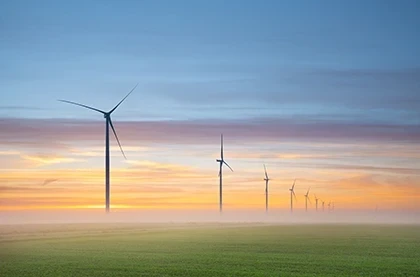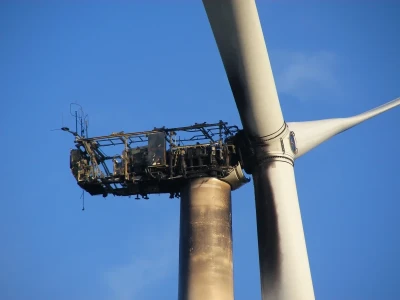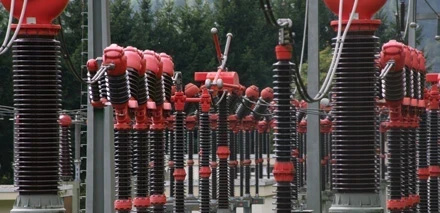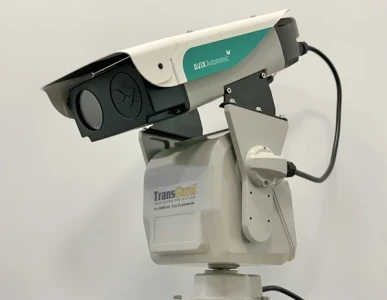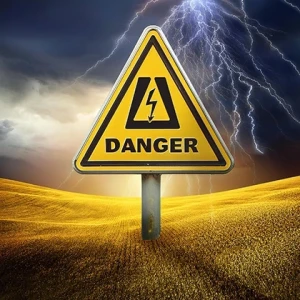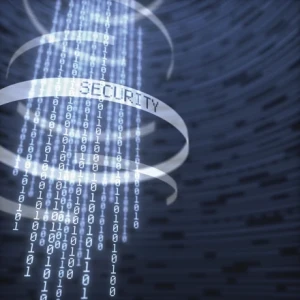Reconditioned SF₆ Gas: An Environmentally Friendly Alternative

When it comes to medium and high voltage circuit breakers, there is no better electrical insulator than sulfur hexafluoride (SF6). The manufactured gas is most commonly used to fill circuit breakers within utility substations to prevent and quench arcing events. SF6's impeccable dielectric strength, arc quenching capabilities and ability to remain thermally stable are just a few reasons why this gas has remained a staple in the transmission and distribution (T&D) industry. It has been the preferred gas in switchgear for over 50 years.
Unfortunately, the same properties that make SF6 such a great insulating gas also make SF6 the most potent of all greenhouse gases. One molecule of SF6 gas can trap 23,900 times more heat than carbon dioxide over a 100-year period and remains in the atmosphere for thousands of years. About 80% of manufactured SF6 is used in high voltage equipment like switchgears and circuit breakers. With the ever-growing challenges of federal & local reporting and a shift towards more eco-friendly practices, the industry is seeking ways to reduce SF6 emissions.
One way to curb emissions is to switch to the use of reconditioned SF6 gas instead of purchasing virgin SF6 gas. The production of virgin SF6 gas was outlawed in the United States with the Kyoto Protocol; therefore, virgin SF6 gas purchased in the United States must be imported from Europe, Russia, and Asia. There is a large stockpile of SF6 gas in the United States. From an environmental perspective, reconditioning gas helps us to lower the carbon footprint by removing the need to manufacture more SF6 gas. The production of SF6 is a known source of underlying emissions. According to the Environmental Science & Technology Report, SF6 production in China contributed to 10 percent of gas emissions from the country between 1990 and 2010.
Read full article in the SPECIAL SCADA for the Smart Grid ISSUE.

